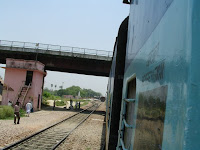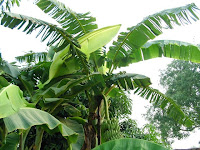| No. | Place | Latitude | Longitude | Link |
|---|---|---|---|---|
| 1 | Adel | 25°24'6.78"N | 81°53'13.80"E | Wikimapia |
| 2 | Hajipur | 25°40'52.37"N | 85°12'18.47"E | Wikimapia |
| 3 | Chitrakut | 25°10'20.52"N | 80°51'0.90"E | Wikimapia |
| 4 | Ayodhya | 26°48'18.98"N | 82°12'27.38"E | Wikimapia |
| 5 | Naimisharanya * | 27°20'36.55"N | 80°29'7.63"E | Wikimapia |
| 6 | Charanat * | 25° 8'17.23"N | 82°53'23.19"E | Wikimapia |
| 7 | Kashi Hanuman Ghat | 25°17'52.04"N | 83° 0'25.00"E | Wikimapia |
| 8 | Kashi Panchganga Ghat | 25°18'55.34"N | 83°01'6.30"E | Wikimapia |
| 9 | Pushkar * | 26°29'17.90"N | 74°33'27.01"E | Wikimapia |
| 10 | Badrinath | 30°44'41.01"N | 79°29'29.79"E | Wikimapia |
| 11 | Vyas Gufa | 30°46'26.23"N | 79°29'38.28"E | Wikimapia |
| 12 | Kedarnath * | 30°44'0.74"N | 79° 4'3.86"E | Wikimapia |
| 13 | Haridwar | 29°57'6.90"N | 78°10'0.23"E | Wikimapia |
| 14 | Kurukshetra | 29°59'3.54"N | 76°50'8.85"E | Wikimapia |
| 15 | Sukar Kshetra | 27°52'57.42"N | 78°44'26.90"E | Wikimapia |
| 16 | Champaranya | 21° 1'54.58"N | 81°55'30.73"E | Wikimapia |
| 17 | Ujjain | 23°12'41.74"N | 75°46'57.52"E | Wikimapia |
| 18 | Gangasagar | 21°39'41.71"N | 88° 4'48.22"E | Wikimapia |
* The baithaks with an asterisk are approximations to their exact location as the satellite images have poor resolution. If you know the co-ordinates of other baithaks and would like to share them with others, please write them down in the comments.
Btw, Wikimapia is a very good place to plan your journey to any destination as you get the idea of the geographical features of the place, the surrounding area, other places of importance, the distances from the bus/rail stations etc. This can help you to decide how much time it would take, what auto fares to expect, what kind of facilities you might get etc. Thanks to the modern science and technology and many netizens who enthusiastically mark the places of interests on Wikimapia, you don't feel having landed in an unknown territory once you have taken a bird's eye view of your destination.













